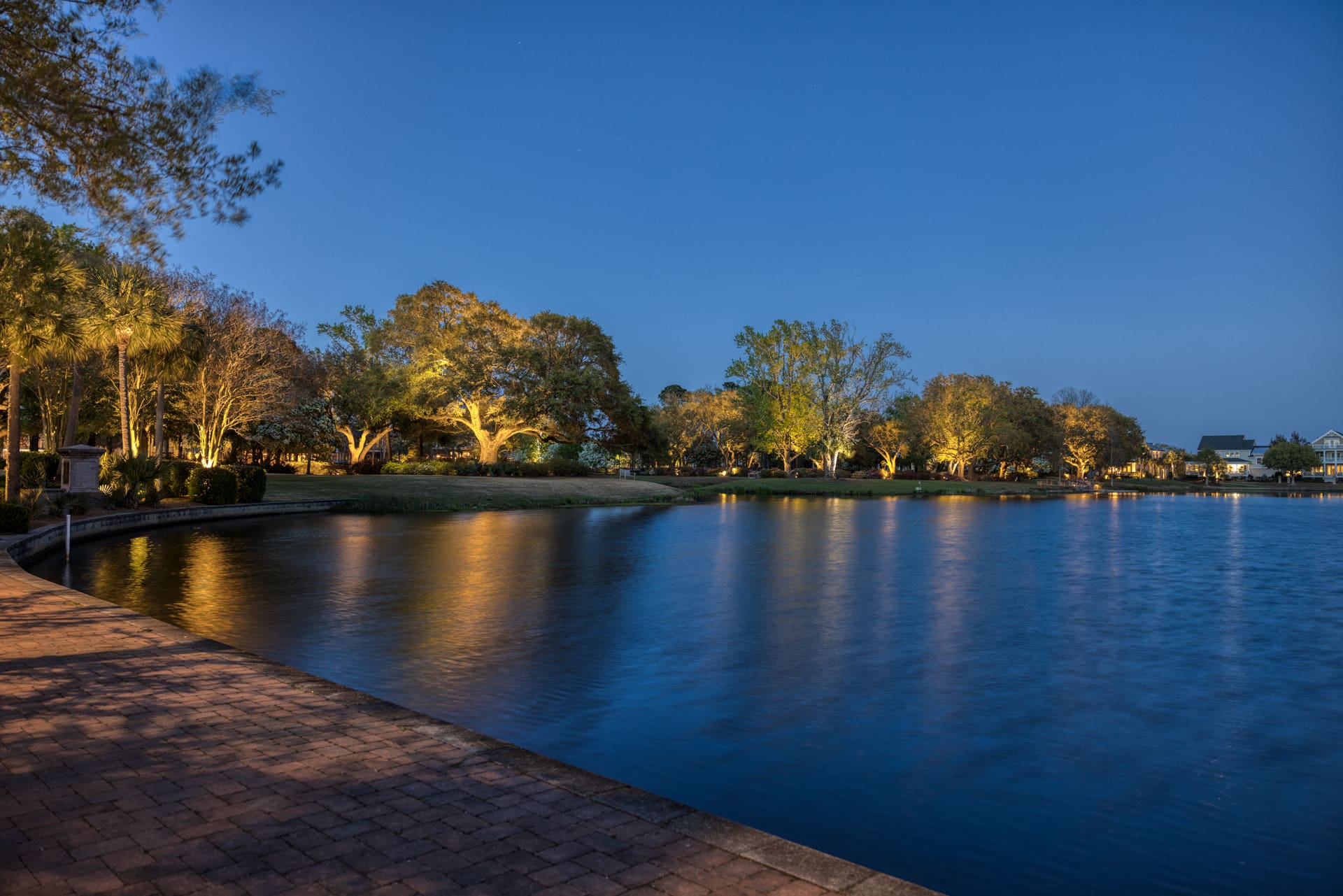W hen you’ve found that you have needed a new bulb over the last few years, you might have noticed that your available choices have been largely narrowed down to one of three types of bulbs, either another Incandescent, an LED, or a Compact Fluorescent, with the LED likely having the larger selection. Why is this? What happened to all the incandescent bulbs that many of us have been so accustomed to? Well, due to changing technology, and a growing energy-aware society, LED technology has taken the market share of the lighting industry worldwide, and it’s not disputed that they are better on nearly every front. But how and why?
What Are My Options?
The three main choices as stated are Incandescent/Halogen, Compact Fluorescent (CFL) and Light Emitting Diode (LED).
- Incandescent (and later halogen) are the oldest of these. They create light by sending electricity through a coil of tungsten wire. The resistance of the coil generates heat, which causes the filament to emit visible light. The difference between incandescent and halogen can be summarized by the type of housing the bulb is (glass for filament, quartz for tungsten) and the addition of halogen gas in the halogen bulb. This gas extends the lifespan of the bulb slightly over regular incandescent bulbs and lets it operate at a higher temperature, improving the light output and efficiency slightly.
- Compact Fluorescent (CFL) bulbs were designed to replace incandescent bulbs. These bulbs operate by sending an electric current through glass tube filled with some combination of argon, xenon, neon, or krypton mixed with mercury vapor. The inner surface of the glass is coated with a fine powder of phosphor which emits visible light when struck with ultraviolet light generated by the charged mercury vapor arc generated within. The advantages of these bulbs come in the form of increased service life over their incandescent counterpart and reduced energy consumption. But at the cost of a poor quality of light (lower CRI value), and the added hazard of including mercury which complicates disposal. While CFL bulbs had some marked improvements over incandescent, their disadvantages often outweighed their advantages, which were later solved with LED bulbs. The resulting decrease in LED costs, as well as improved quality, has caused a further decline in their use as well as production.
- Finally, there are Light Emitting Diode (LED) bulbs. The newest of the three, LED illumination has superseded where CFL lamps have fallen short. This technology relies on a semiconductor that emits light when current flows through it. Their small size and broad range of wavelengths from Ultraviolet all the way to Infrared have unlocked a plethora of applications outside the scope of this article. Needless to say, LED technology is here to stay, and works well in any application an incandescent bulb would be found in.
A History:
While Thomas Edison is often known as the father of the lightbulb, he wasn’t in fact the first person to invent the incandescent lamp, but rather perfect the technology with an effective incandescent material, improving the vacuum in the bulb, and providing the framework that made power distribution economically viable. The idea of incandescent illumination dates as far back as 1761 when Ebenezer Kinnersley of Gloucester, England first demonstrated the principle of heating a wire to incandescence. In the 261 years that followed, incandescent lighting has changed the world. Often considered one of the most important inventions since Man discovered fire.
First appearing in 1962, LED components came onto the stage as low-intensity infrared devices used in things like remote controls for basic consumer electronics. The technology slowly evolved to emit a low-intensity red light for indicator lamps and small displays. LEDs would continue to improve to produce brighter light, and in different colors. The growing awareness of their lower power consumption, lifespan, potential applications, as well as general robustness from their solid-state nature only fueled further research and development.
Considering this fact, it’s no small thing that LED lighting is now taking up the mantle of where incandescent lighting has reigned for the last two and a half centuries. Now offering brighter, longer-lasting light, at a fraction of the cost in energy consumption, and physical size.
90% of the energy put into an incandescent bulb is emitted as heat.
Performance:
It’s somewhat incredible as far as efficiency goes, just how poorly an incandescent bulb performs. 90% of the energy put into an incandescent bulb is emitted as heat. Only 10% goes to producing light. If your objective is to keep your pet iguana warm while being able to look at it, this is a good choice, but for the energy conscientious, incandescent doesn’t hold a candle (no pun intended) to LED lighting. 80% or better of the energy sent to an LED diode is emitted as light, with just 20% or less being heat waste. This allows for an equal or greater amount of light with only a fraction of the wattage equivalent incandescent bulb. A 70W incandescent could be replaced with an 8.5W LED of similar brightness, and last 10x as long at a minimum, often much longer. Both incandescent and high-quality LEDs have very good color reproduction compared to a CFL.
Cost/Savings:
LED bulbs are generally more expensive upfront than their incandescent counterparts, yet this cost is dropping over time as production volume and assembly efficiency increase. However, this initial cost is paid back in spades over their operating life when the rising cost of electricity, as well as when the replacement cost of multiple incandescent bulbs is considered.
What Do I Do With My Old Bulbs?
Old incandescent bulbs that no longer work can simply be placed in the garbage. Since they are glass and metal, they technically are recyclable, however because of the specialized processes required to separate the materials, not all recycling centers will accept them.
CFL bulbs on the other hand do require special disposal since they contain mercury and other hazardous materials that can contaminate water and soil if just left in a landfill. These bulbs should not be placed in the garbage or your recycling bin. Contact your local government waste facility to see what the best method of disposal is. Frequently, big box hardware stores like Lowe’s or Home Depot will simplify this process by having a drop-off bin at the front door for recycling these and other hazardous materials like batteries.
In Summary:
It’s safe to assume that LED bulbs are here to stay and will only continue to improve over time. Incandescent however is probably approaching the end of the line as these newer technologies overtake their reign. There might be continued niche applications for incandescent as time moves forward, but major lighting applications (automotive, industry, home, etc.) are being transitioned over to LED technology across the globe daily. If you have any questions or would like us to help you make a choice based on your needs, please feel free to reach out to us. We’d be happy to help!



